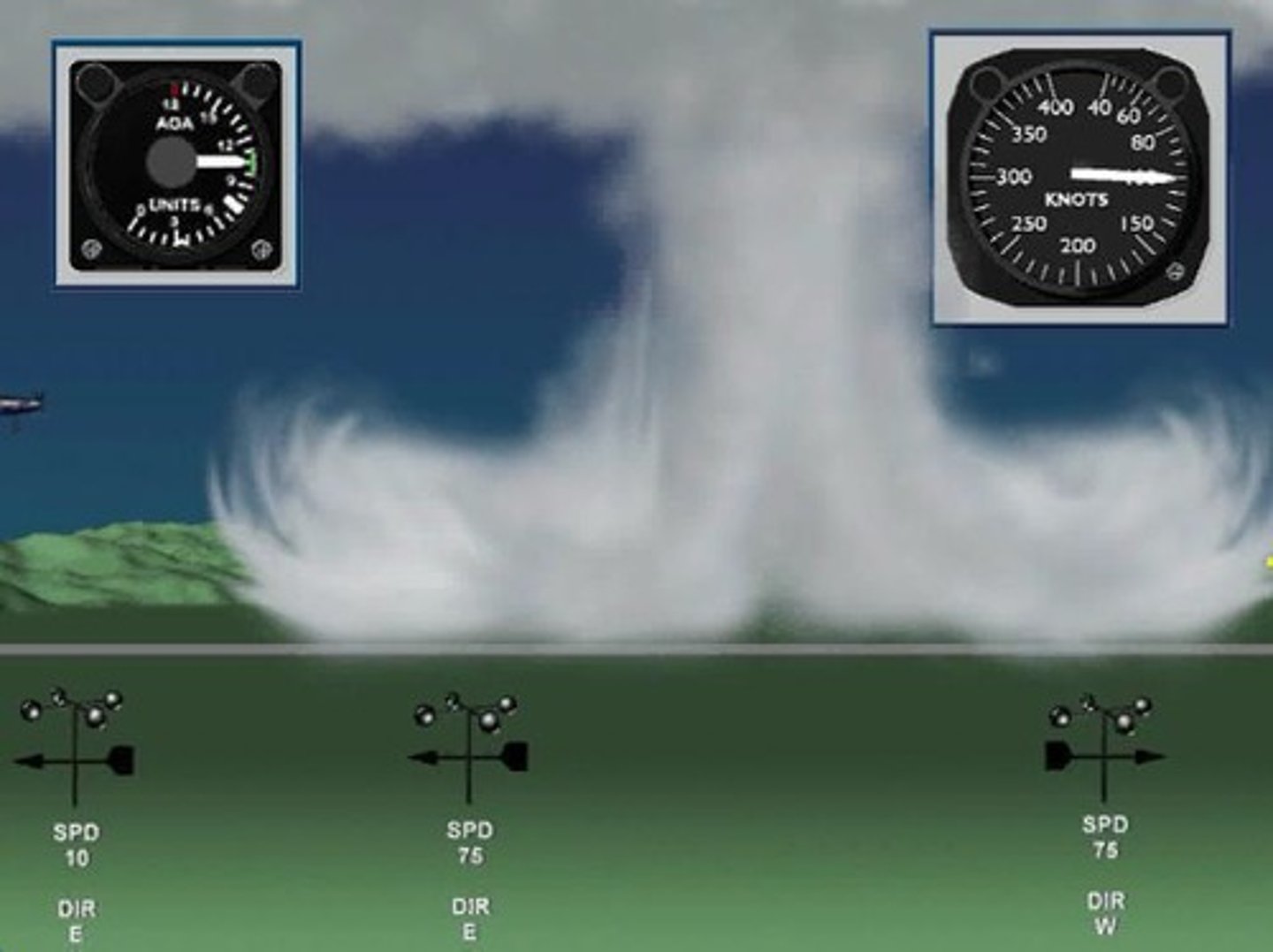Chp 20 - Weather Patterns and Severe Storms
1/33
There's no tags or description
Looks like no tags are added yet.
Name | Mastery | Learn | Test | Matching | Spaced |
|---|
No study sessions yet.
34 Terms
Air Mass
Large bodies of air with similar temperatures and amounts of moisture at any given altitude
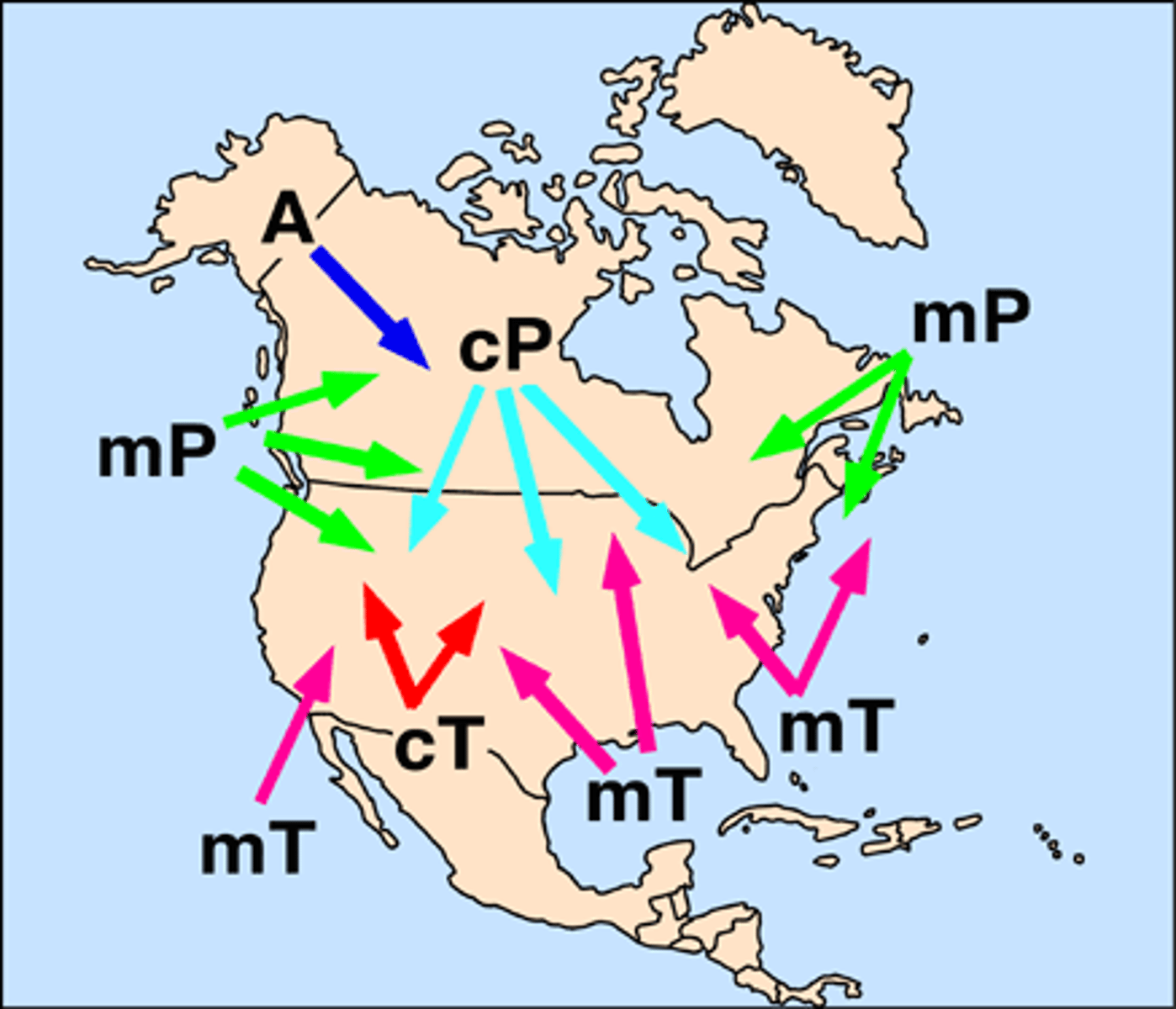
Source Region
Where air mass gets its characteristics
Polar Air Mass (P)
Forms in high latitudes
Tropical Air Mass (T)
Forms in low latitudes
Continental Air Mass (c)
Forms over land
Maritime Air Mass (m)
Forms over water
Maritime Tropical Air Mass
Warm air with lots of moisture
Maritime Polar Air Mass
Cold air with lots of moisutre
Continental Tropical Air Mass
Dry warm air
Continental Polar Air Mass
Dry cold air
Front
Place where two air masses meet
Warm Front
Warm air moves into a place that had cold air

Cold Front
Cold, dense air moving into a region with cold air
Stationary Front
Surface position of front does not move

Occluded Front
Active cold front overtakes a warm front
Thunderstorms
Storms which generate lightning and thunder

Lightning
An electrical discharge from clouds
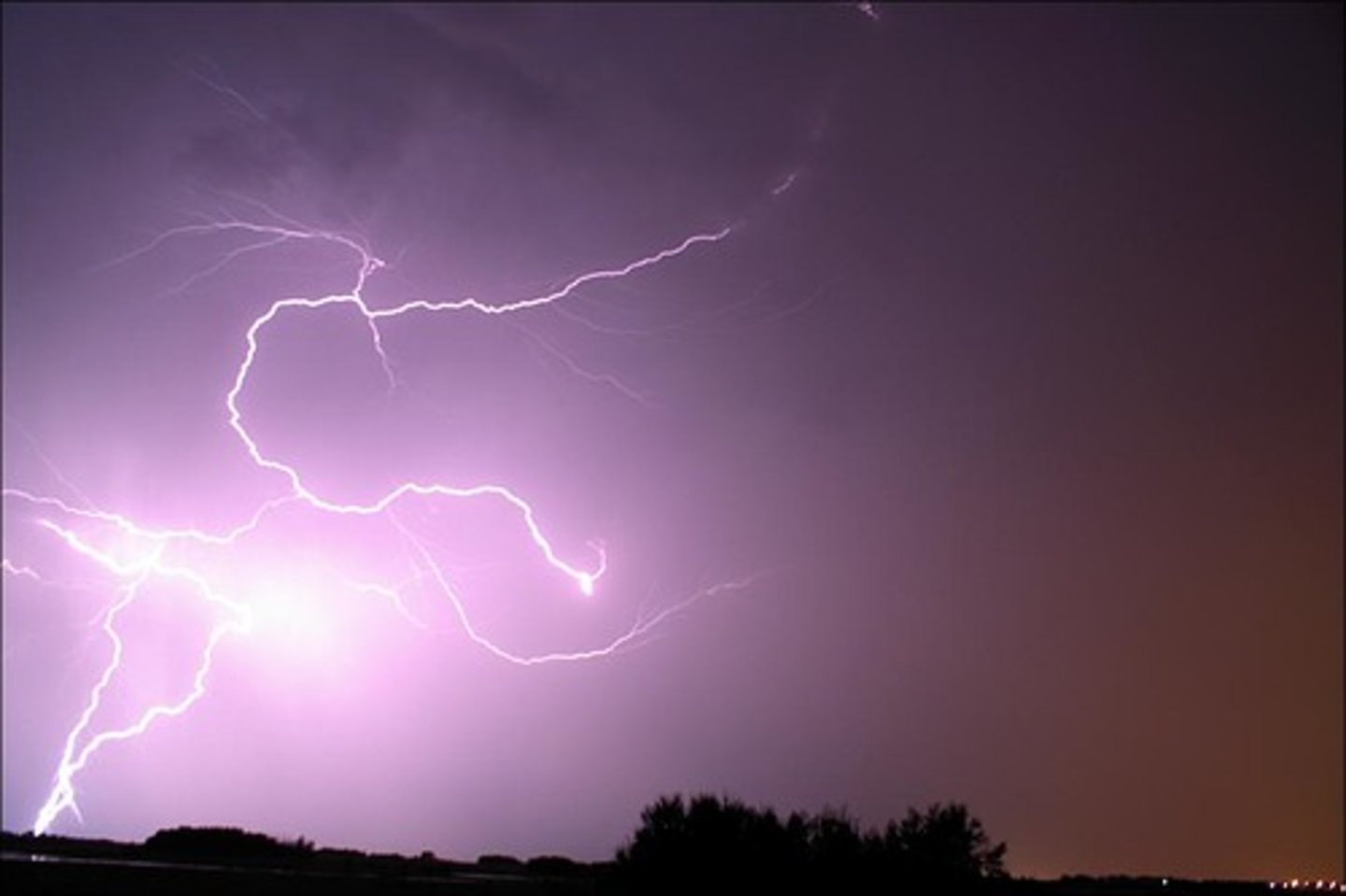
Stepped Leader
Negative electricity towards ground
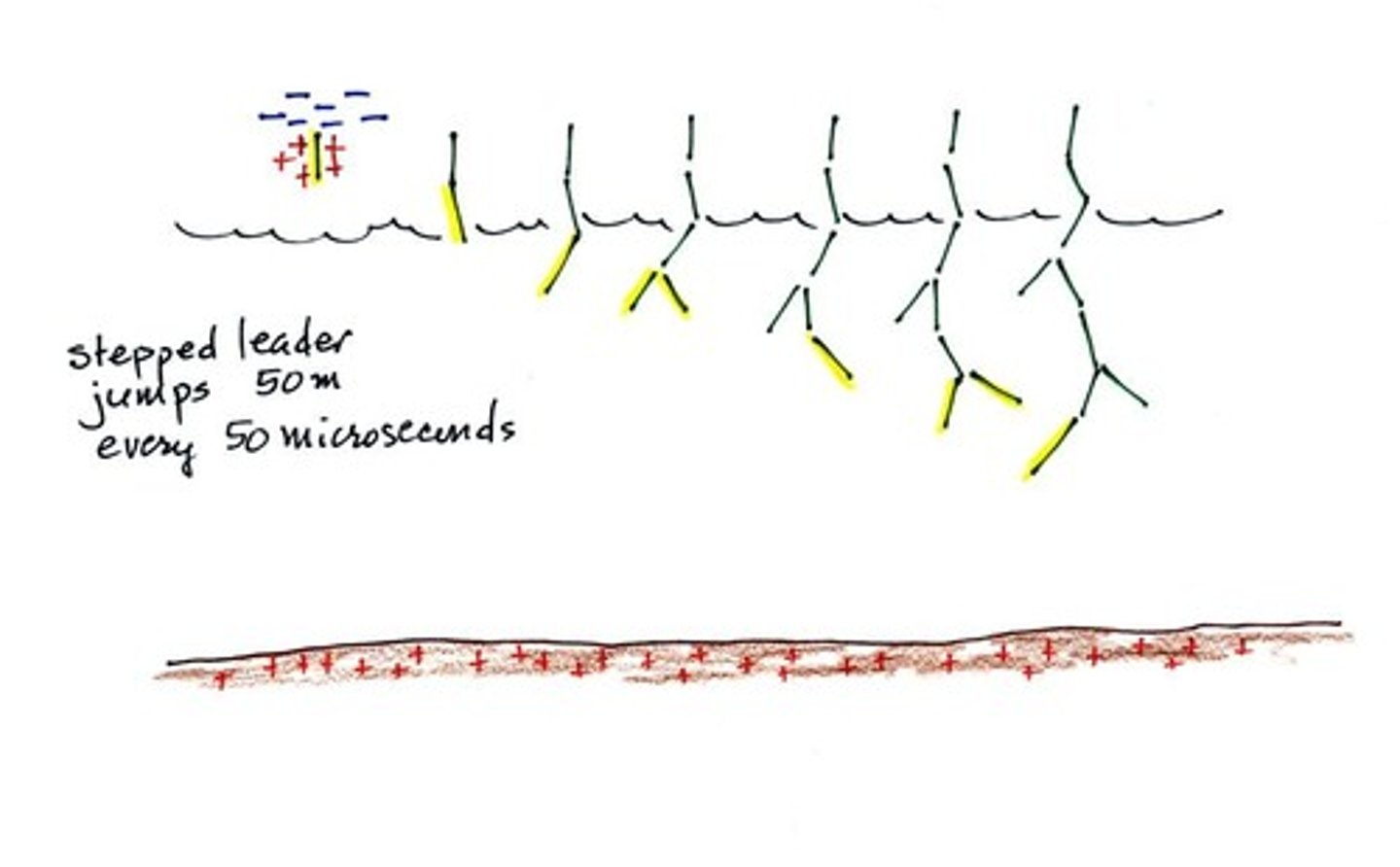
Return Stroke
Current back to cloud
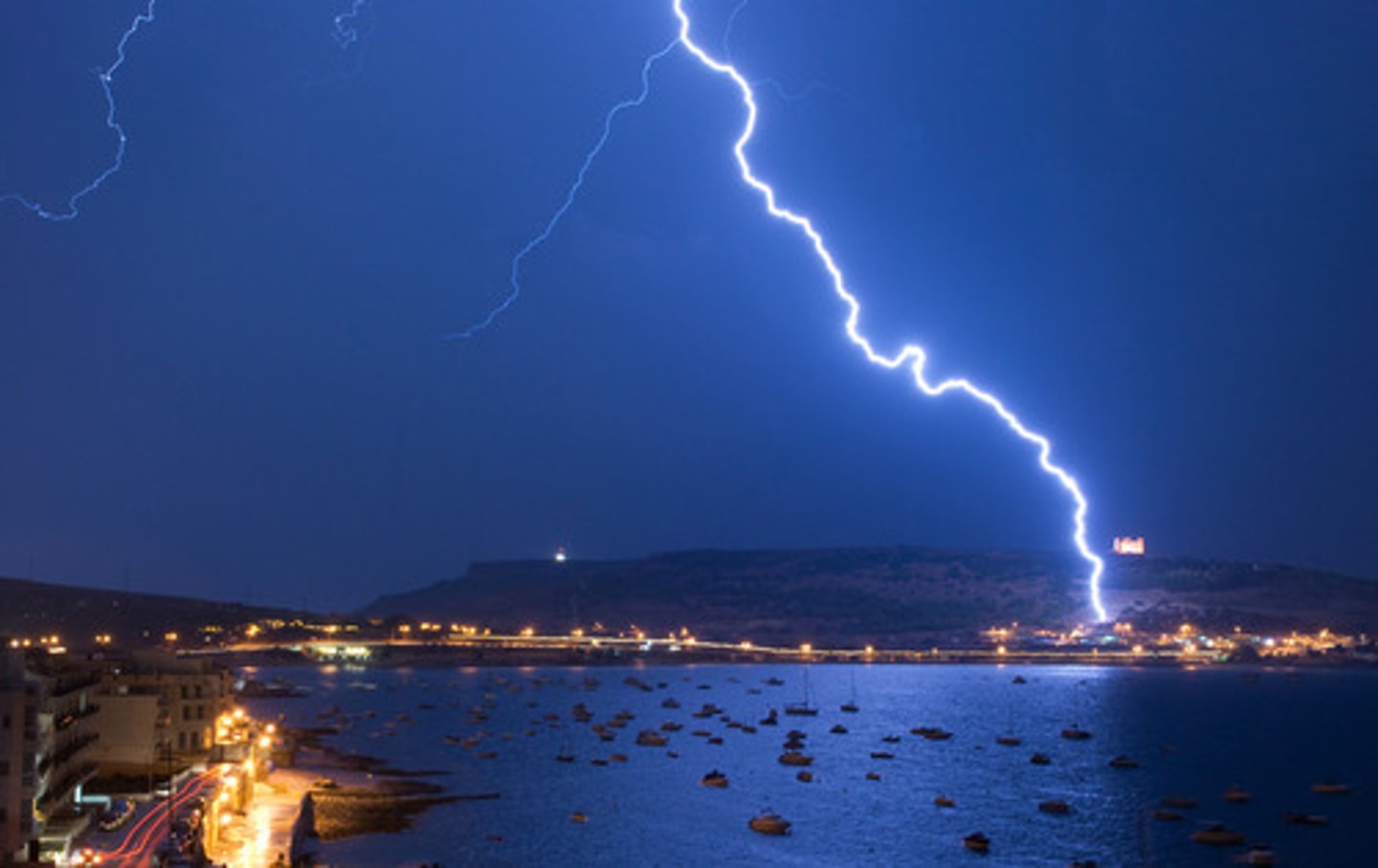
Streamer
Positive charge moving up to clouds
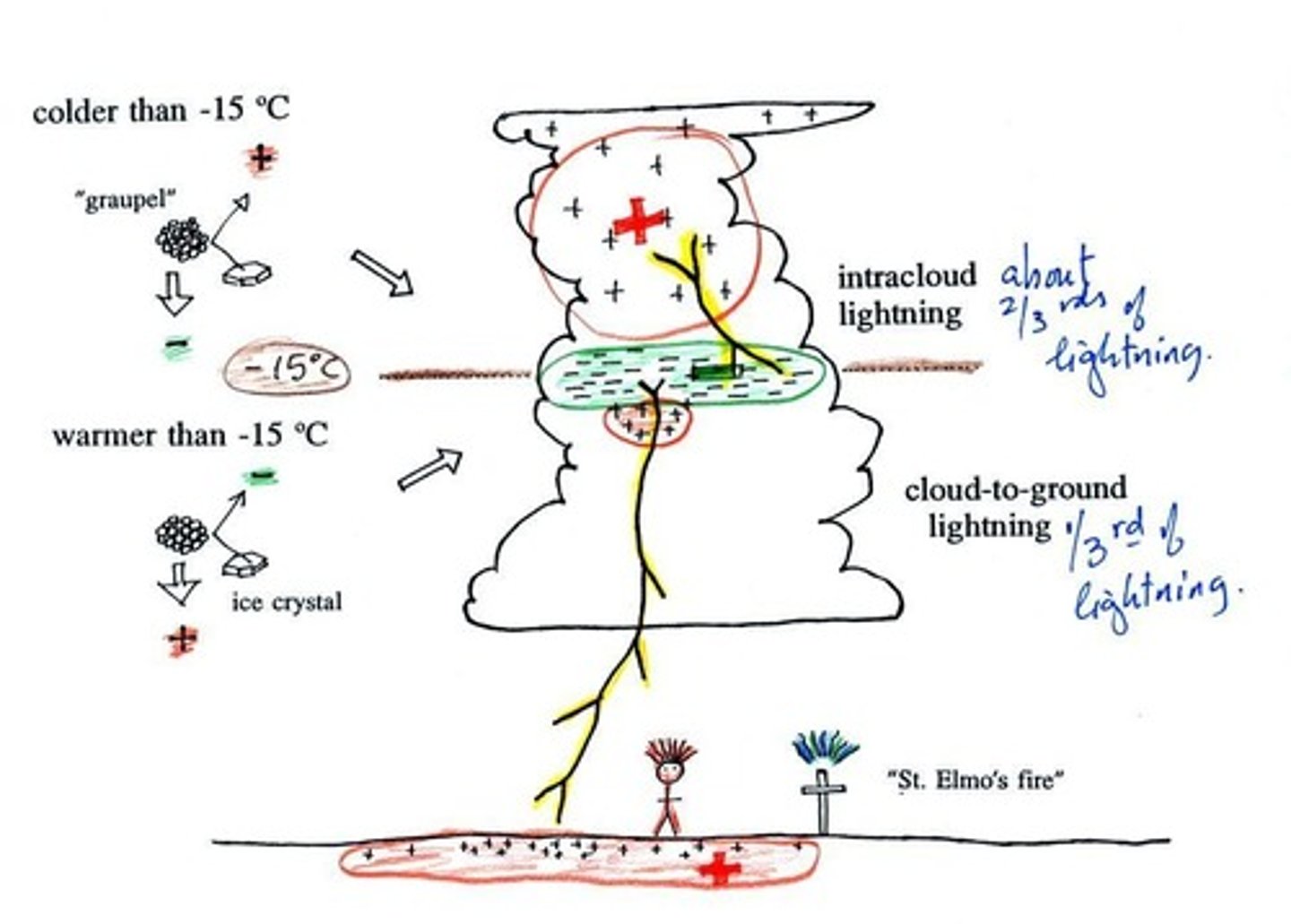
Forked Lightning
Stepped leader branches
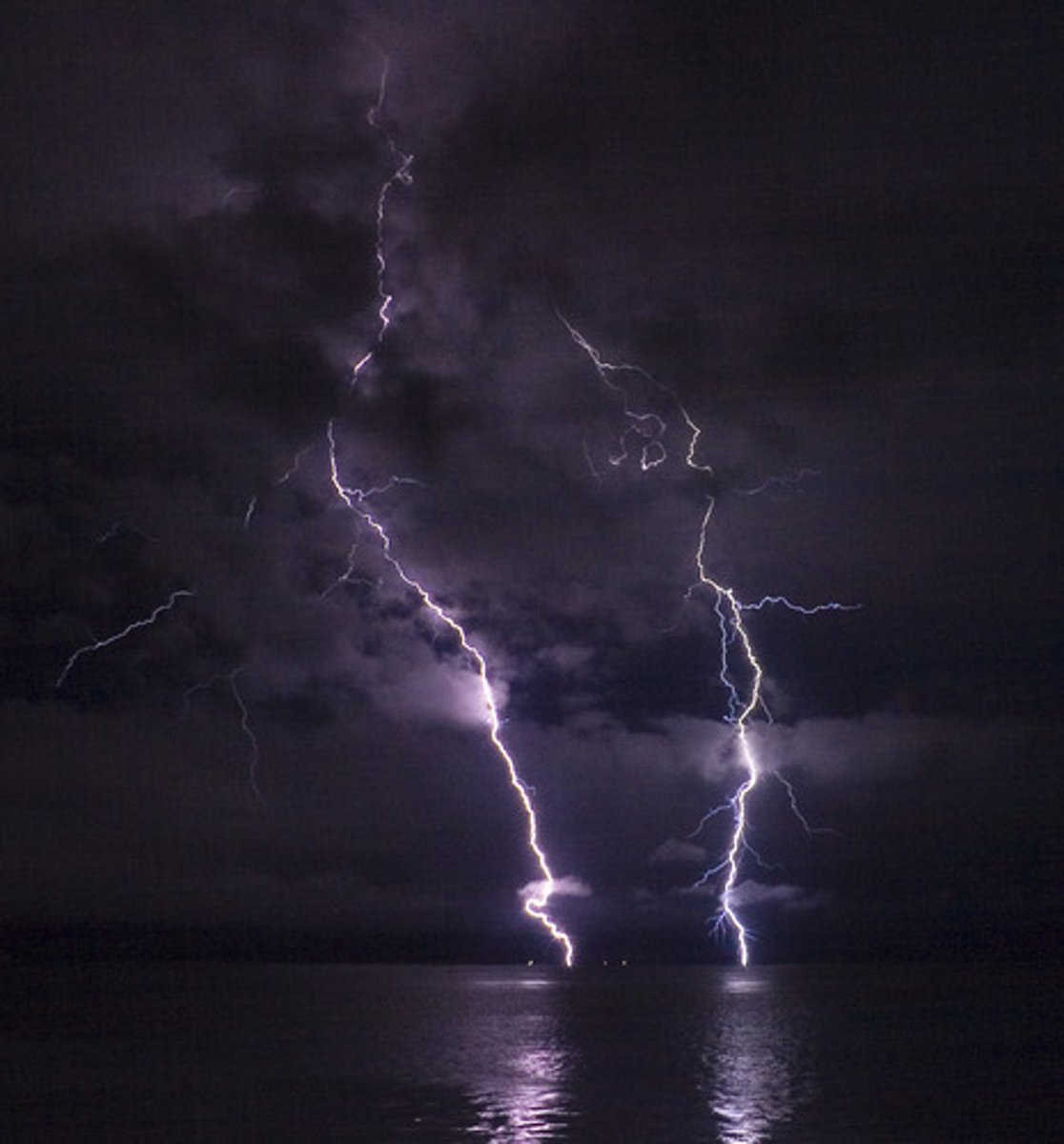
Heat Lightning
Distant lightning where you can't hear the thunder
Thunder
Sound of air expanding after lightning
Tornado
Violent windstorm that rotates and is called a vortex
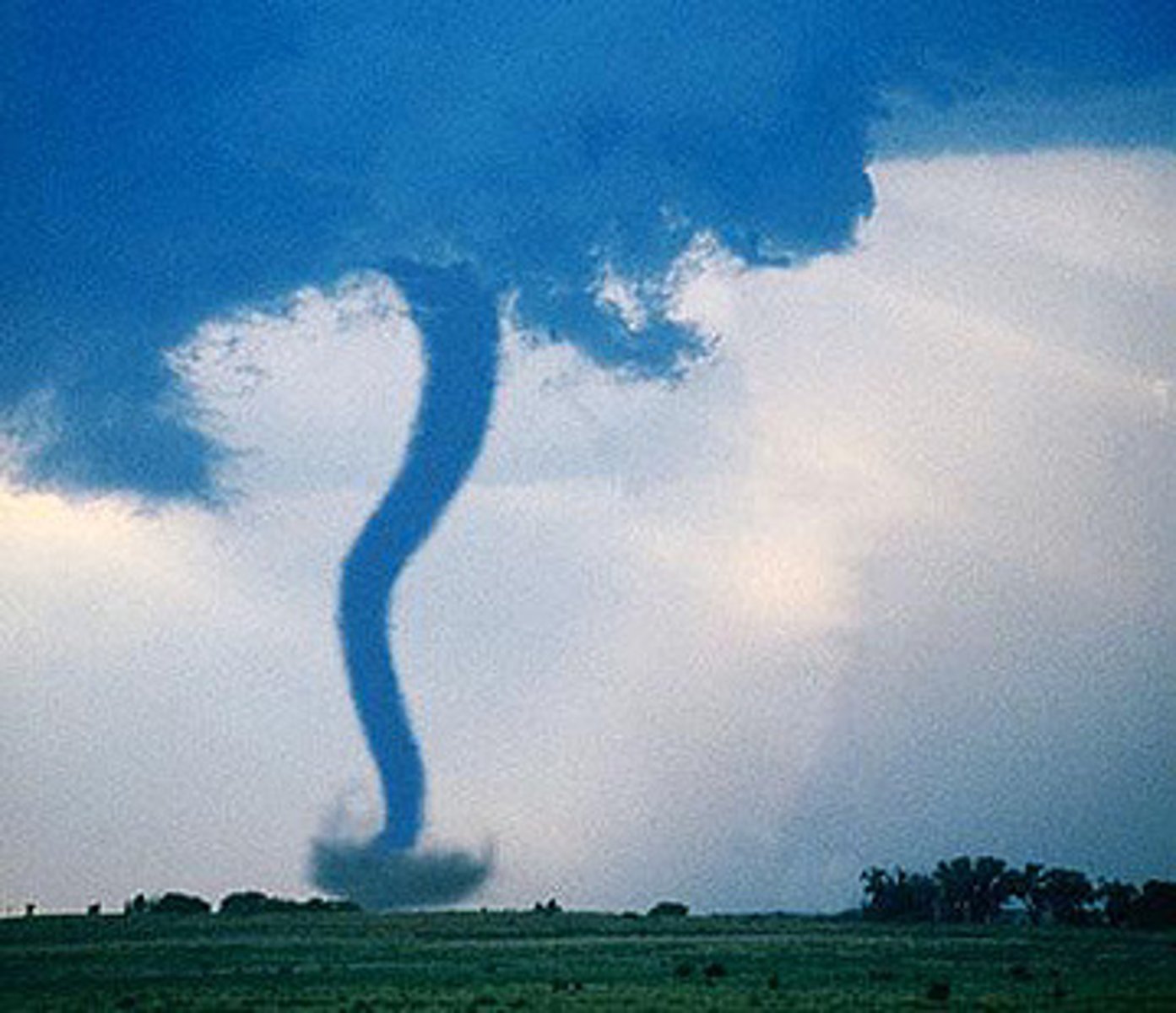
Tornado Alley
Location in the Midwest where there is an increase in tornado activity
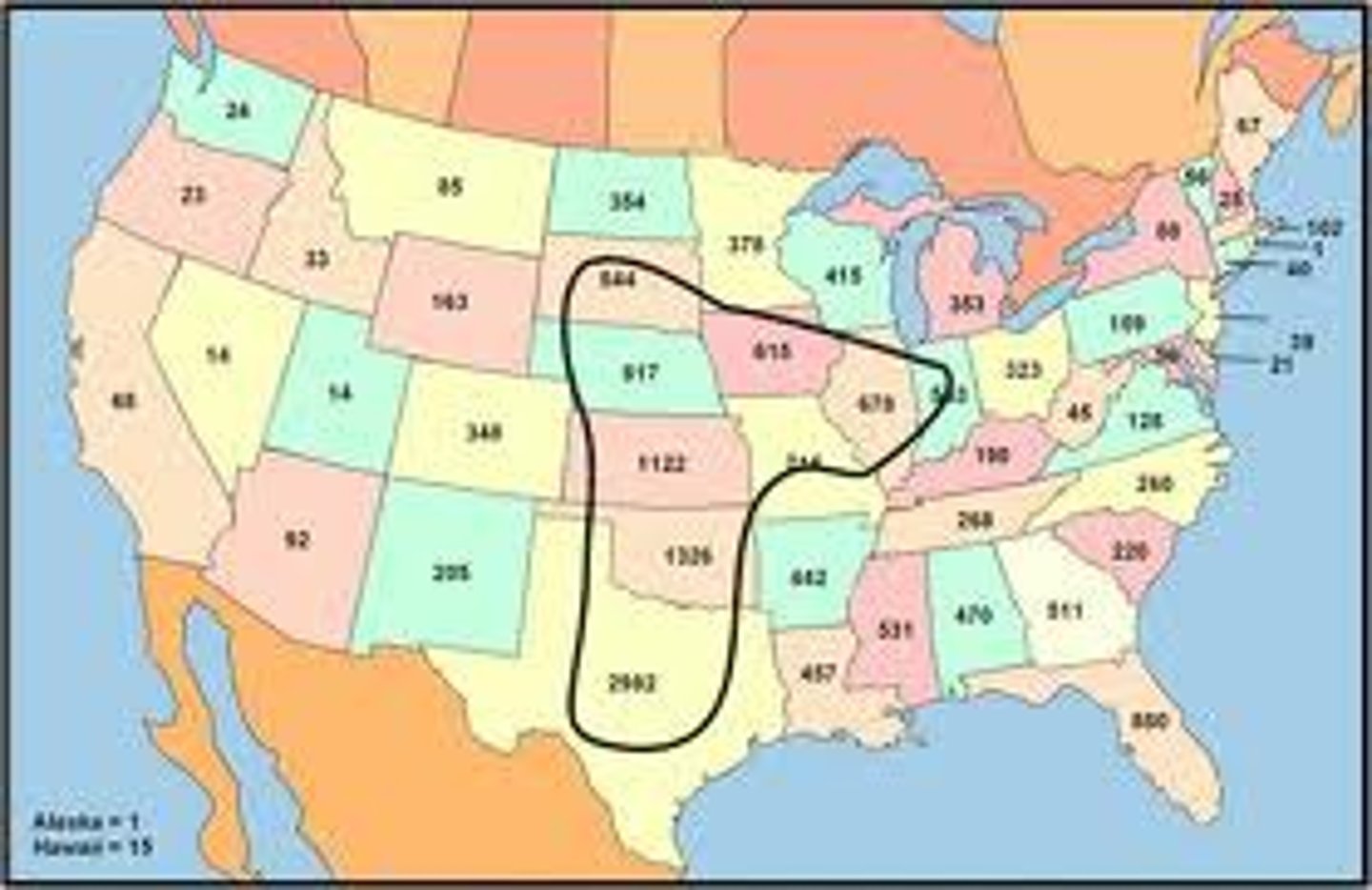
Enhanced Fujita Scale
How tornadoes are classified
Tornado Watch
Conditions are right for tornadoes to form
Tornado Warning
Tornado has been spotted
Hurricane
Spinning tropical cyclone with winds of at least 74 mph
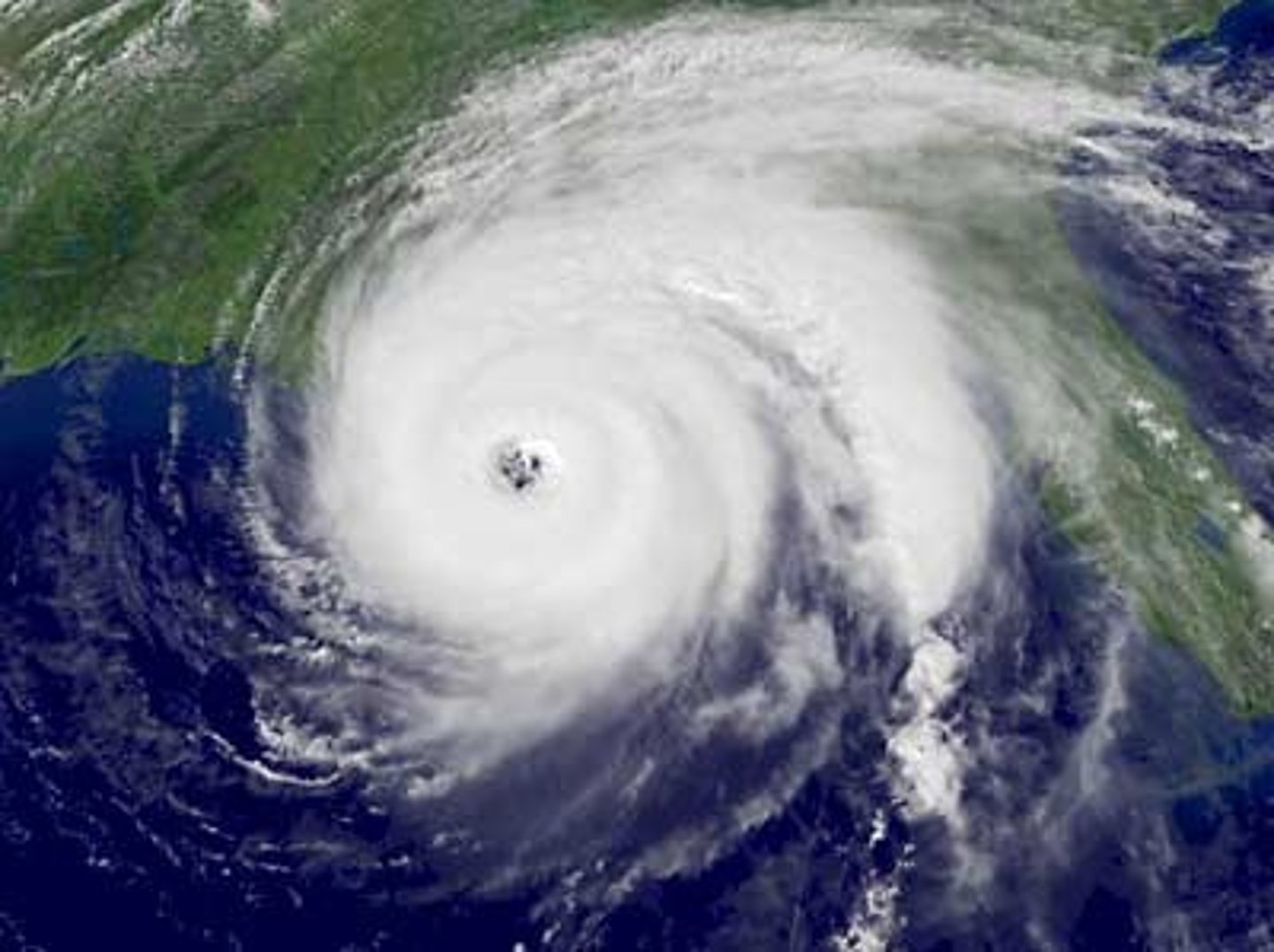
Eye Wall
Circle of clouds in center of storm with greatest winds and heaviest rainfall
Eye
Center of a hurricane where winds calm and precipitation lessens
Storm Swell
Large waves caused from the hurricane
Storm Surge
High water levels (tide) caused from the hurricane

Microburst
Very fast descending air
